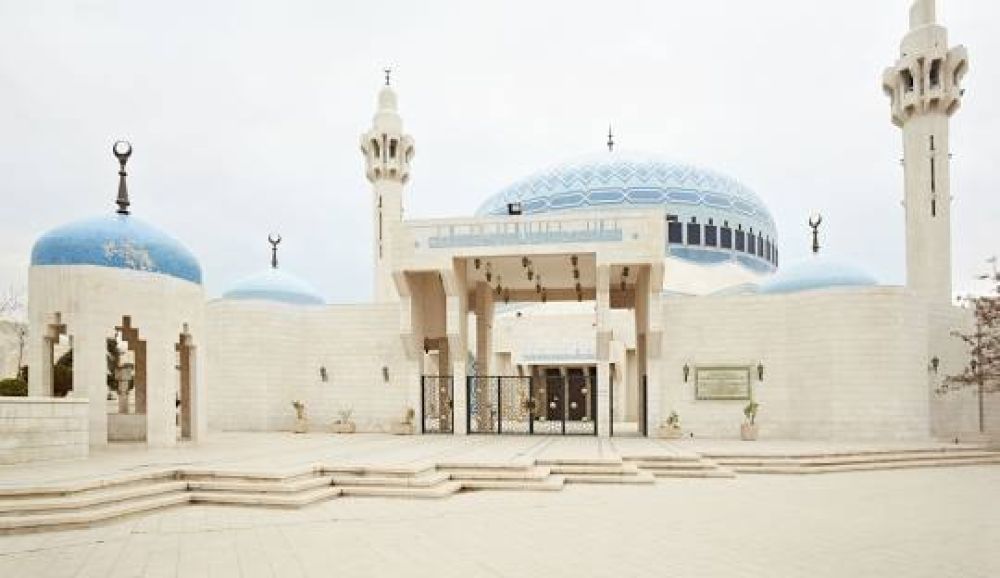

The King Abdullah I Mosque, located in the heart of Amman, Jordan, stands as a significant symbol of Islamic architecture and a key destination for tourists visiting the region. Named after King Abdullah I, the founder of modern Jordan, the mosque has a history that is inextricably linked to the evolution of tourism in the country.
Construction of the King Abdullah I Mosque began in 1982 and was completed in 1989. It was built by the late King Hussein of Jordan to honor his grandfather, King Abdullah I. The mosque is capped with a magnificent blue dome that measures 35 meters in diameter and is easily visible from various points in Amorial, making it a distinctive landmark on Amman's skyline.
Since its inauguration, the King Abdullah I Mosque has played a pivotal role in religious tourism in Jordan. The mosque's ability to accommodate more than 7,000 worshippers at a time and its open-door policy to non-Muslim visitors have significantly contributed to its popularity among tourists.
The mosque attracts travelers not only for its spiritual significance but also for its stunning design, which features fine Islamic art and calligraphy. With Jordan's focus on developing tourism as a key sector of the economy, the mosque's inclusion in city tours and itineraries has helped enrich the cultural experience of visitors.
Visitors to the King Abdullah I Mosque are often impressed by the intricate interior designs and the detailed Islamic art that adorns the walls. The inside of the mosque is richly decorated, and visitors can find a small Islamic museum that provides insights into the Islamic faith. The mosque provides a serene and peaceful atmosphere conducive to contemplation and understanding.
In recent years, Jordan has seen a growing trend in experiential and educational tourism. Tourists are seeking more than just sightseeing; they desire to engage with local communities and gain a deeper understanding of the culture and religion. This trend aligns well with the offerings of the King Abdullah I Mosque, as it provides educational tours and the opportunity for visitors to observe or even participate in Islamic practices and prayers.
The Jordanian government, alongside various cultural preservation societies, is committed to maintaining the King Abdullah I Mosque not only as a place of worship but also as a historical site that can educate future generations. Efforts have been made to preserve the integrity of the mosque's design and structure while ensuring it remains welcoming to tourists from all over the world.
The King Abdullah I Mosque continues to be one of the top tourist draws in Amman, with its importance to the religious, cultural, and historical fabric of Jordan. For visitors looking to experience the essence of Islamic architecture and Jordanian heritage, a visit to this mosque is an essential part of any trip to Amman.